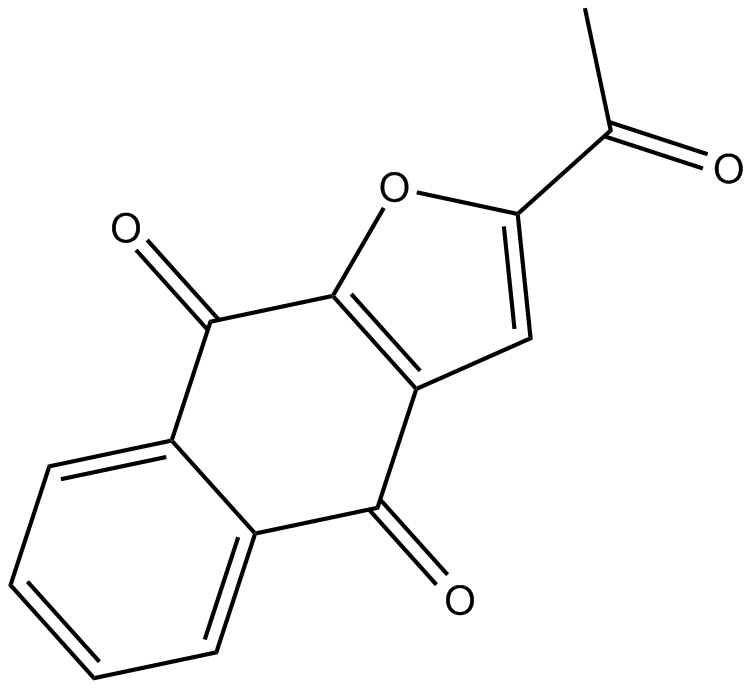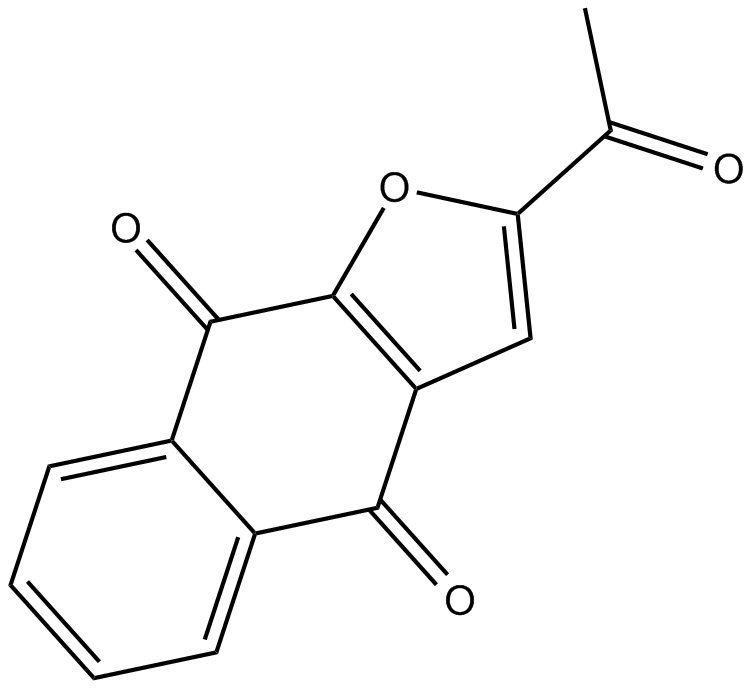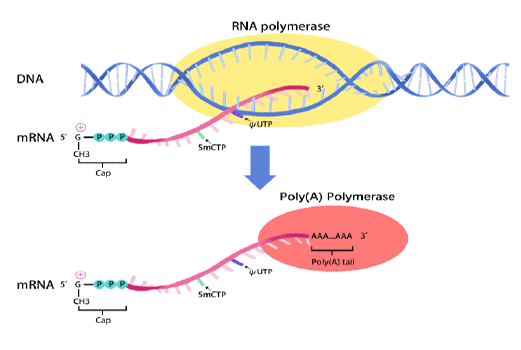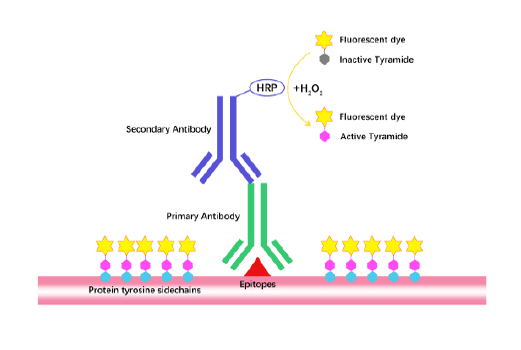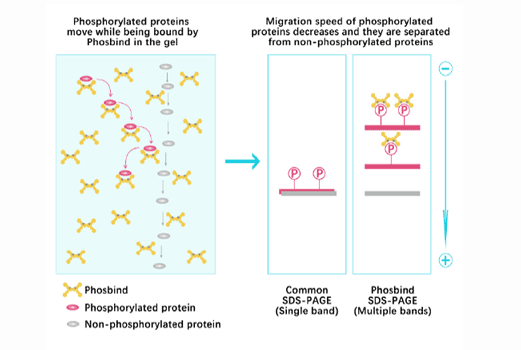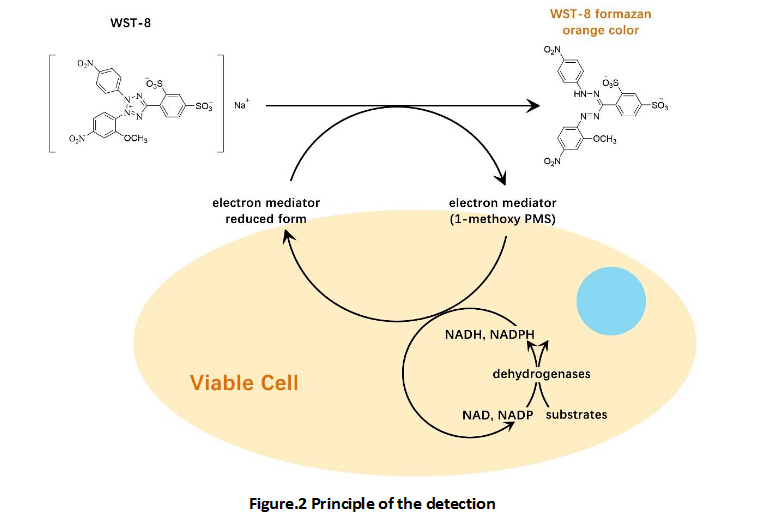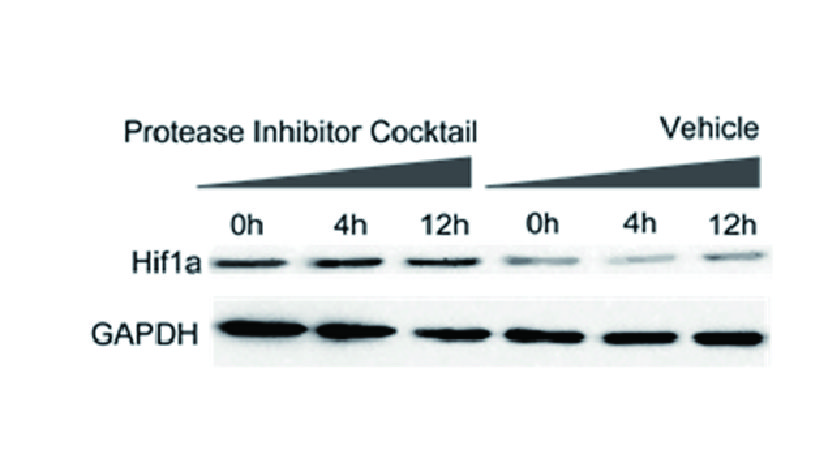Napabucasin
Target: Signal transducer and activator of transcription 3 (Stat3)
IC50: 0.395 μM (Bulk cells), 0.142 μM (Cancer stem cells)
Napabucasin, also named (BBI608), is an orally available small molecule by the ability to inhibit gene transcription of STAT3 and cancer stemness properties and suppresses spherogenesis or kills stemnesshigh cancer cells isolated from several kinds of cancer types [1]. Stat3 is critically important for maintaining cancer stemness.
In vitro: Napabucasin (1 μmol/L) not only decreased cell viability, migration, colony formation, and survival with cell cycle arrest, and increased cell apoptosis and sensitivity to docetaxel, but also obviously blocked PrCSCs sphere formation and killed them in vitro [1]. Napabucasin (1, and 2 μmol/L) decreased the expressions of stemness markers such as Nanog, Klf4, survivin, C-myc, and β-catenin [1].
In vivo: Napabucasin (40 mg/kg, i.p. injection) inhibited tumor growth on prostate cancer (PCa) mouse xenograft models, the PC-3 cells or 22RV1 cells were inoculated into nude mice. In addition, Napabucasin suppressed the self-renewal of stemness-high prostate cancer (PCa) cells in vivo [1]. Moreover, Napabucasin (20 mg/kg, i.p. injection) effectively blocked cancer relapse and metastasis in xenografted human cancers including PaCa-2 human pancreatic cancer and HT29 human colon cancer [2].
References:
1. Zhang Y, Jin Z, Zhou H, Ou X, Xu Y, Li H, et al. Suppression of prostate cancer progression by cancer cell stemness inhibitor napabucasin. Cancer Med. 2016;5(6):1251-8.
2. Li Y, Rogoff HA, Keates S, Gao Y, Murikipudi S, Mikule K, et al. Suppression of cancer relapse and metastasis by inhibiting cancer stemness. Proc Natl Acad Sci U S A. 2015;112(6):1839-44.
| Storage | Store at -20°C |
| M.Wt | 240.21 |
| Cas No. | 83280-65-3 |
| Formula | C14H8O4 |
| Solubility | insoluble in H2O; insoluble in EtOH; ≥8.7 mg/mL in DMSO |
| Chemical Name | 2-acetylnaphtho[2,3-b]furan-4,9-dione |
| SDF | Download SDF |
| Canonical SMILES | CC(c1cc(C(c(cccc2)c2C2=O)=O)c2[o]1)=O |
| Shipping Condition | Small Molecules with Blue Ice, Modified Nucleotides with Dry Ice. |
| General tips | We do not recommend long-term storage for the solution, please use it up soon. |
| Cell experiment [1]: | |
|
Cell lines |
PCa cell lines (22RV1and PC-3) |
|
Preparation method |
Soluble in DMSO. General tips for obtaining a higher concentration: Please warm the tube at 37 ℃ for 10 minutes and/or shake it in the ultrasonic bath for a while. Stock solution can be stored below -20℃ for several months. |
|
Reacting condition |
1 μmol/L, 48, 72, 96, and 120 h |
|
Applications |
In PCa cell lines PC-3 and 22RV1, Napabucasin (1 μM) inhibited cell proliferation, cell motility, cell survival, colony formation ability and induced cell apoptosis. Napabucasin increased the sensitivity of PCa cells to Docetaxel. Napabucasin treatment decreased the stemness-high cancer cells in PC-3 and 22RV1 cells. Napabucasin obviously inhibited both the SP cells from 22RV1 cells and CD133+/CD44+ cells from PC-3 cells as well as spheres from PC-3 and 22RV1 cells. In PC-3 stemness-high cancer cells, Napabucasin significantly decreased mRNA expression of Nanog, Klf4, survivin, and β-catenin. |
| Animal experiment [1]: | |
|
Animal models |
Immunodeficient nude mouse bearing PC-3 cells or 22RV1 cells |
|
Dosage form |
Intraperitoneal injection, 40 mg/kg, every 3 days |
|
Application |
Napabucasin significantly suppressed the tumor growth on prostate cancer (PCa) mouse xenograft models. Treatment with napabucasin resulted in inhibition of spherogenesis with numbers of spheres significantly decreased. |
|
Other notes |
Please test the solubility of all compounds indoor, and the actual solubility may slightly differ with the theoretical value. This is caused by an experimental system error and it is normal. |
|
References: [1]. Zhang Y, Jin Z, Zhou H, et al. Suppression of prostate cancer progression by cancer cell stemness inhibitor napabucasin[J]. Cancer medicine, 2016, 5(6): 1251-1258. |
|
Quality Control & MSDS
- View current batch:
Chemical structure
